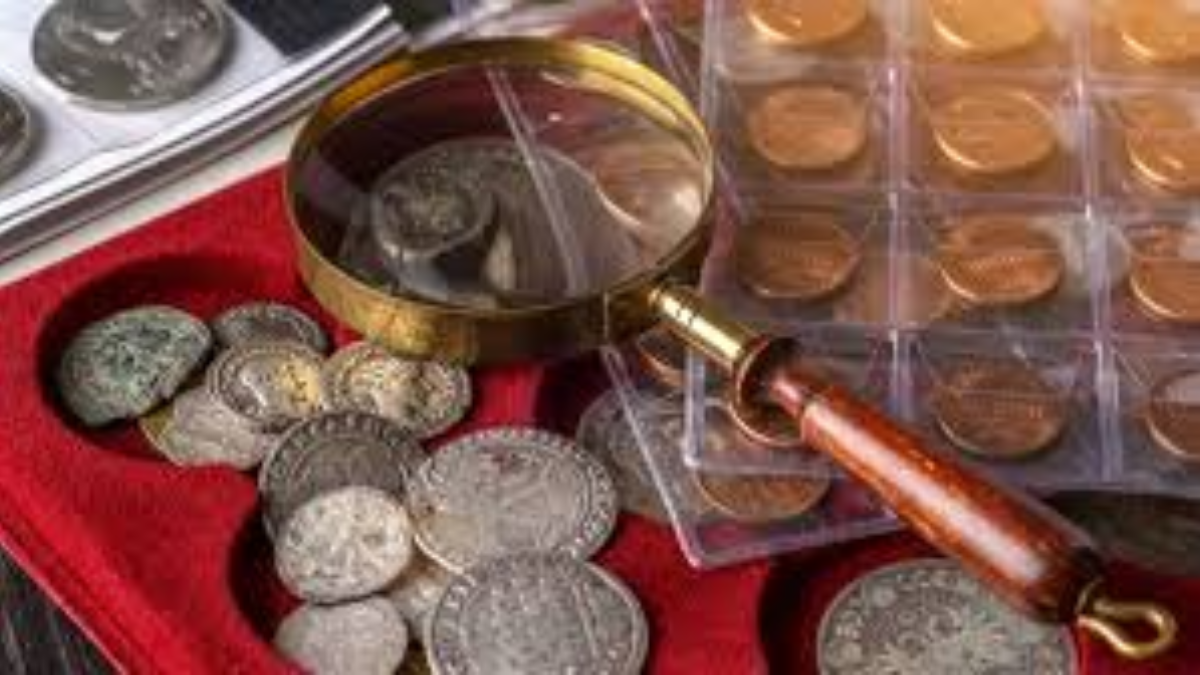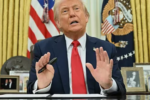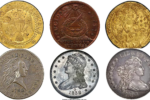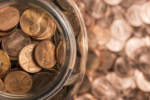Collecting rare coins can be a rewarding hobby and a smart investment, but knowing their true value is essential. Whether you’re a seasoned numismatist or a beginner, having the right tools and strategies can help you quickly determine a coin’s worth. Here are seven effective methods and websites to evaluate rare coins efficiently.
1. Check the Coin’s Date and Mint Mark
A coin’s date and mint mark are key indicators of rarity and value. Some years had lower production numbers, making those coins more desirable. Mint marks (such as “P” for Philadelphia or “S” for San Francisco) can also affect scarcity. Websites like PCGS CoinFacts (www.pcgs.com) provide detailed mintage data and value estimates.
2. Examine the Coin’s Condition (Grading)
The condition of a coin plays a huge role in its value. Coins are graded on a scale from Poor (P-1) to Mint State (MS-70), with higher grades fetching premium prices. Use resources like the Numismatic Guaranty Company (NGC) (www.ngccoin.com) to compare grading standards and value ranges.
3. Use Online Coin Price Guides
Reputable price guides provide estimated market values based on past sales and collector demand. Some of the best sources include:
- PCGS Price Guide (www.pcgs.com/prices)
- NGC Price Guide (www.ngccoin.com/price-guide)
- CoinTrackers (www.cointrackers.com)
4. Compare Recent Auction Sales
Auction sites offer real-time insight into what collectors are actually paying for rare coins. Some of the best platforms to check recent sales include:
- Heritage Auctions (www.ha.com)
- GreatCollections (www.greatcollections.com)
- eBay Sold Listings (www.ebay.com) – Be sure to filter for completed sales to get realistic price estimates.
5. Check Bullion Value for Gold and Silver Coins
If a coin is made of precious metals, its base value is influenced by the market price of gold or silver. Websites like Kitco (www.kitco.com) provide live precious metal prices, helping you determine if a coin’s value is driven more by metal content or collector demand.
6. Look for Error Coins and Special Varieties
Coins with minting errors or unique varieties often fetch higher prices. Examples include double-die coins, off-center strikes, and missing mint marks. Websites like VarietyVista (www.varietyvista.com) and CoinWeek (www.coinweek.com) provide detailed information on error coins and rare varieties.
7. Visit Local Coin Shops and Forums
Sometimes, the best way to determine a coin’s value is by consulting experienced collectors or dealers. Visiting a local coin shop or joining online communities like CoinTalk (www.cointalk.com) and Collectors Universe Forums (forums.collectors.com) can provide expert insights and real-world valuations.
Final Thoughts
Determining the value of rare coins requires a mix of research, grading knowledge, and market tracking. By using these seven strategies and trusted websites, you can quickly assess whether a coin is a valuable collector’s item or just spare change.
For in-depth numismatic resources, visit PCGS CoinFacts and start your rare coin hunt today!
Disclaimer – Our team has carefully fact-checked this article to make sure it’s accurate and free from any misinformation. We’re dedicated to keeping our content honest and reliable for our readers.








